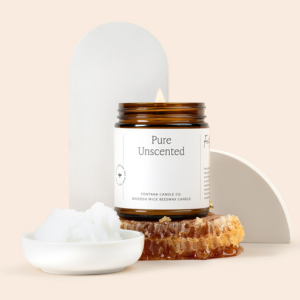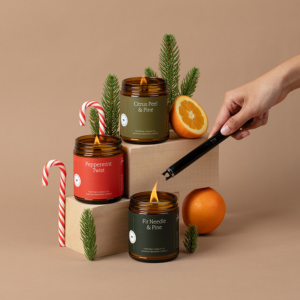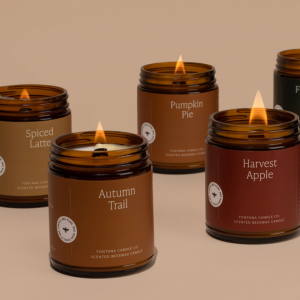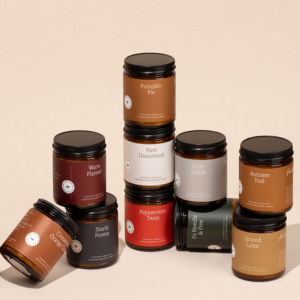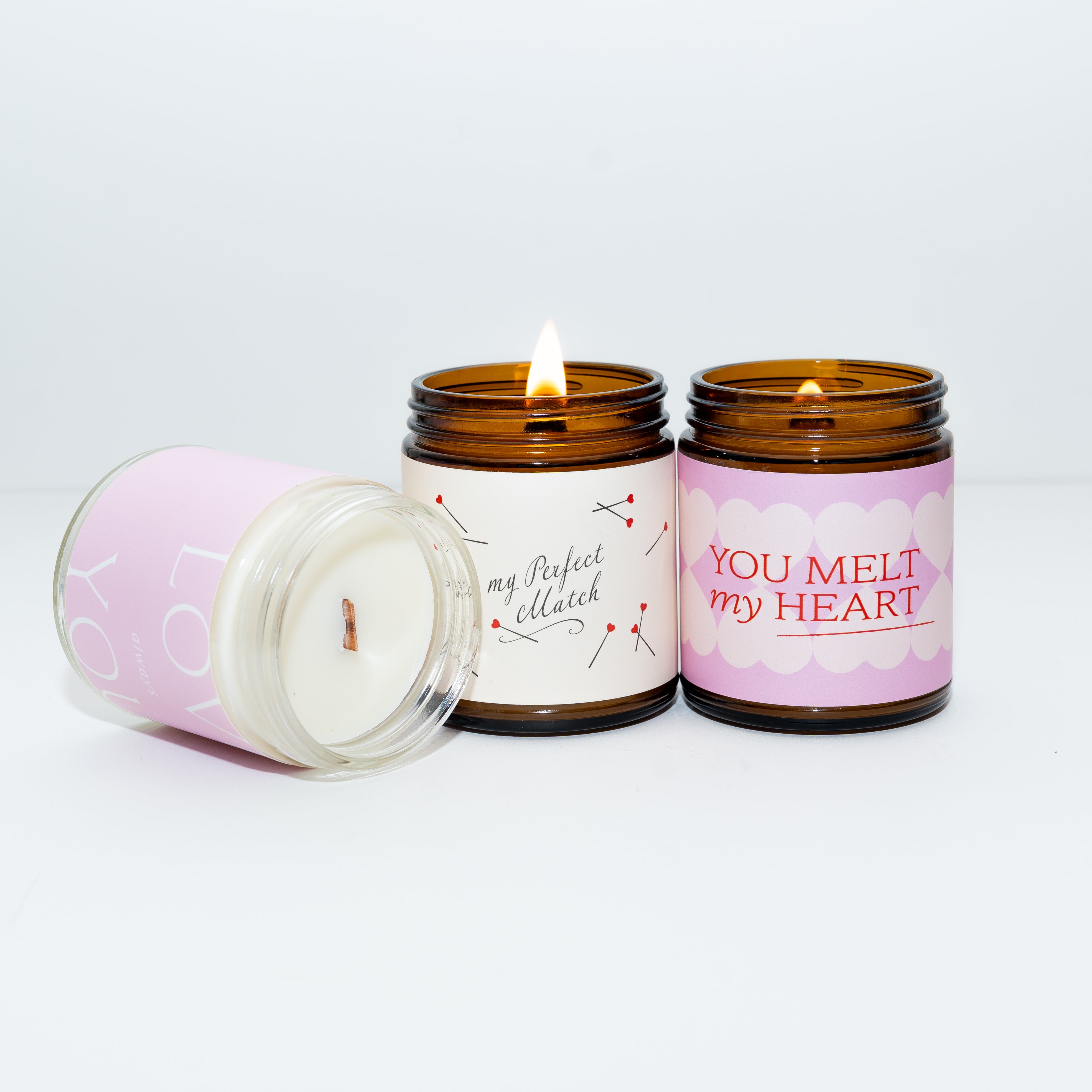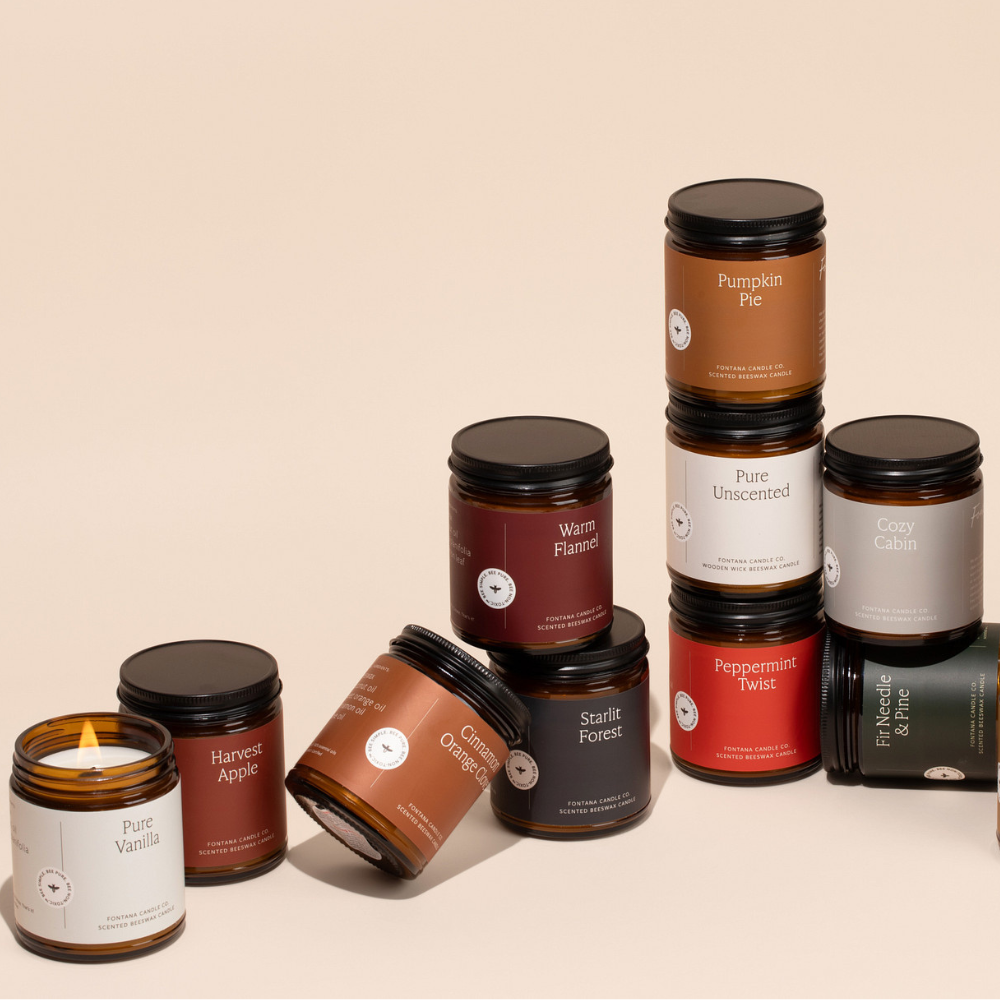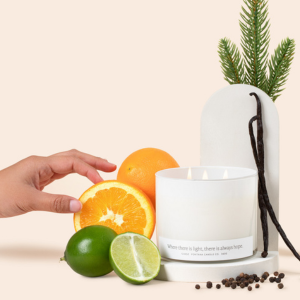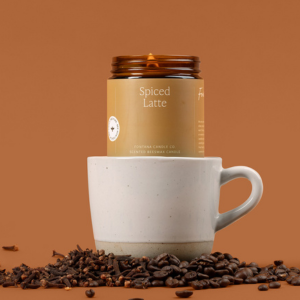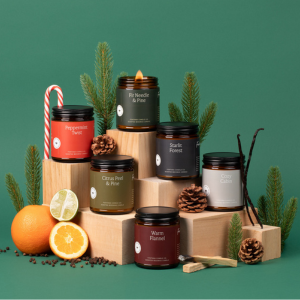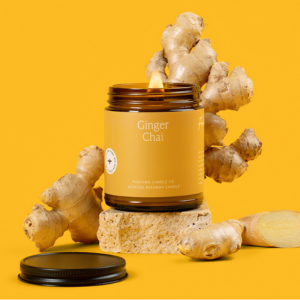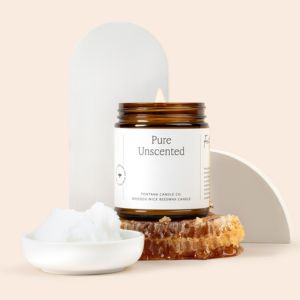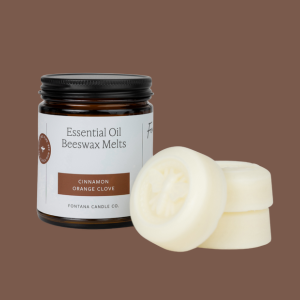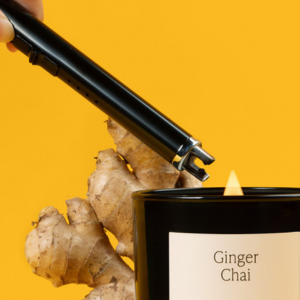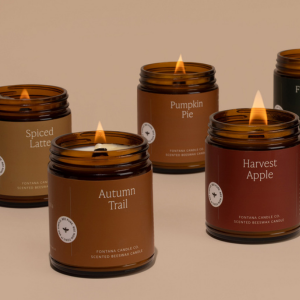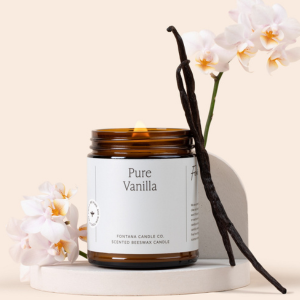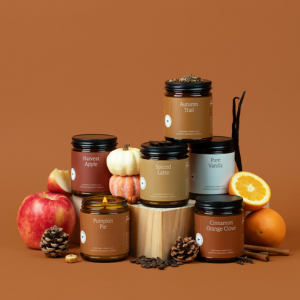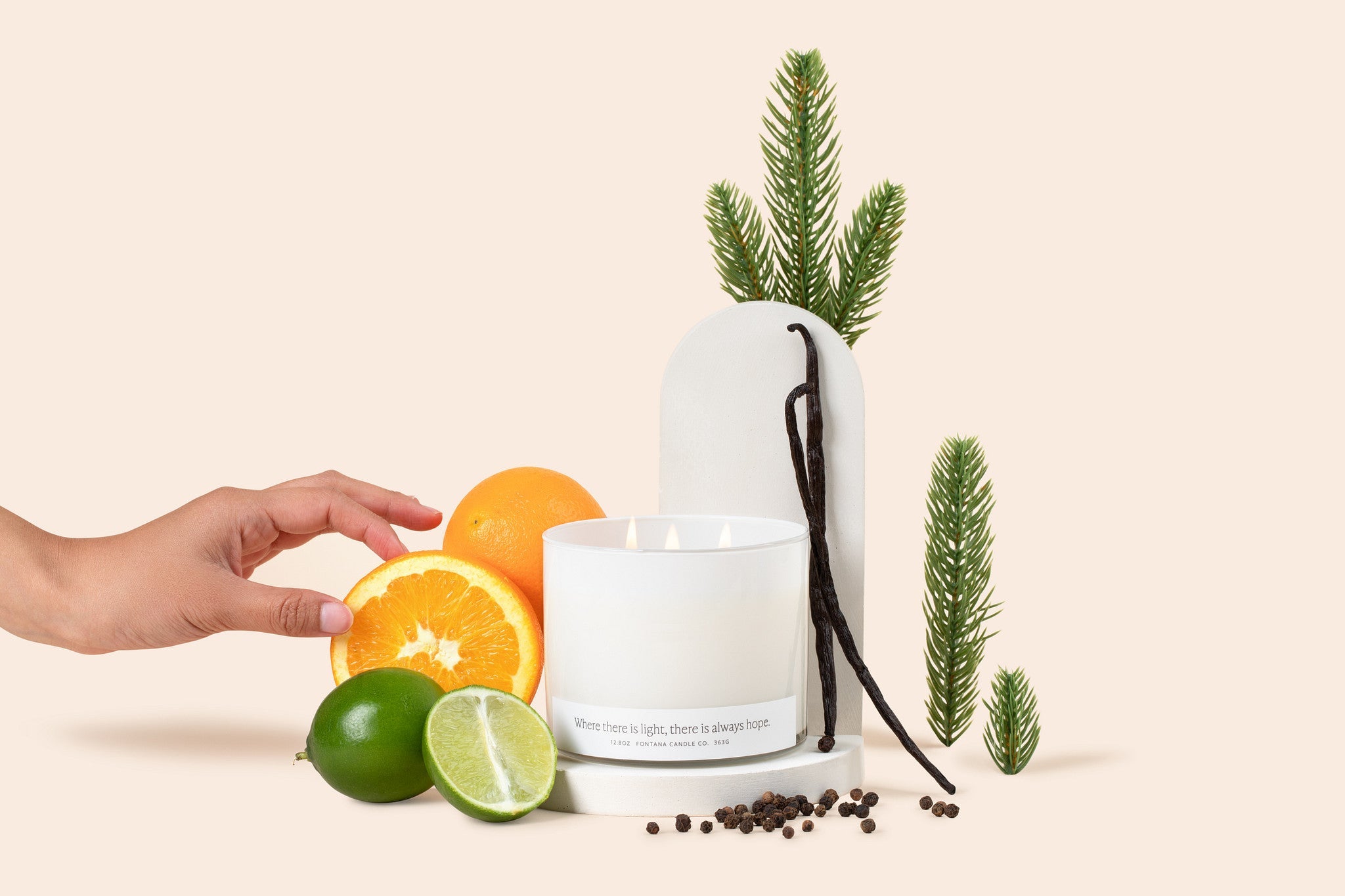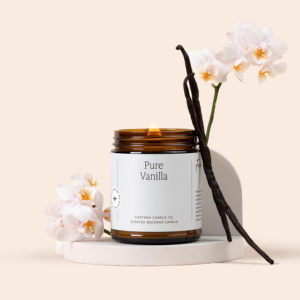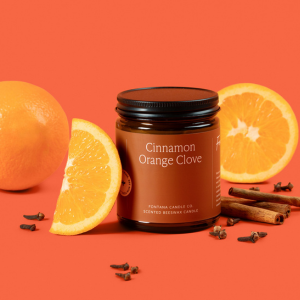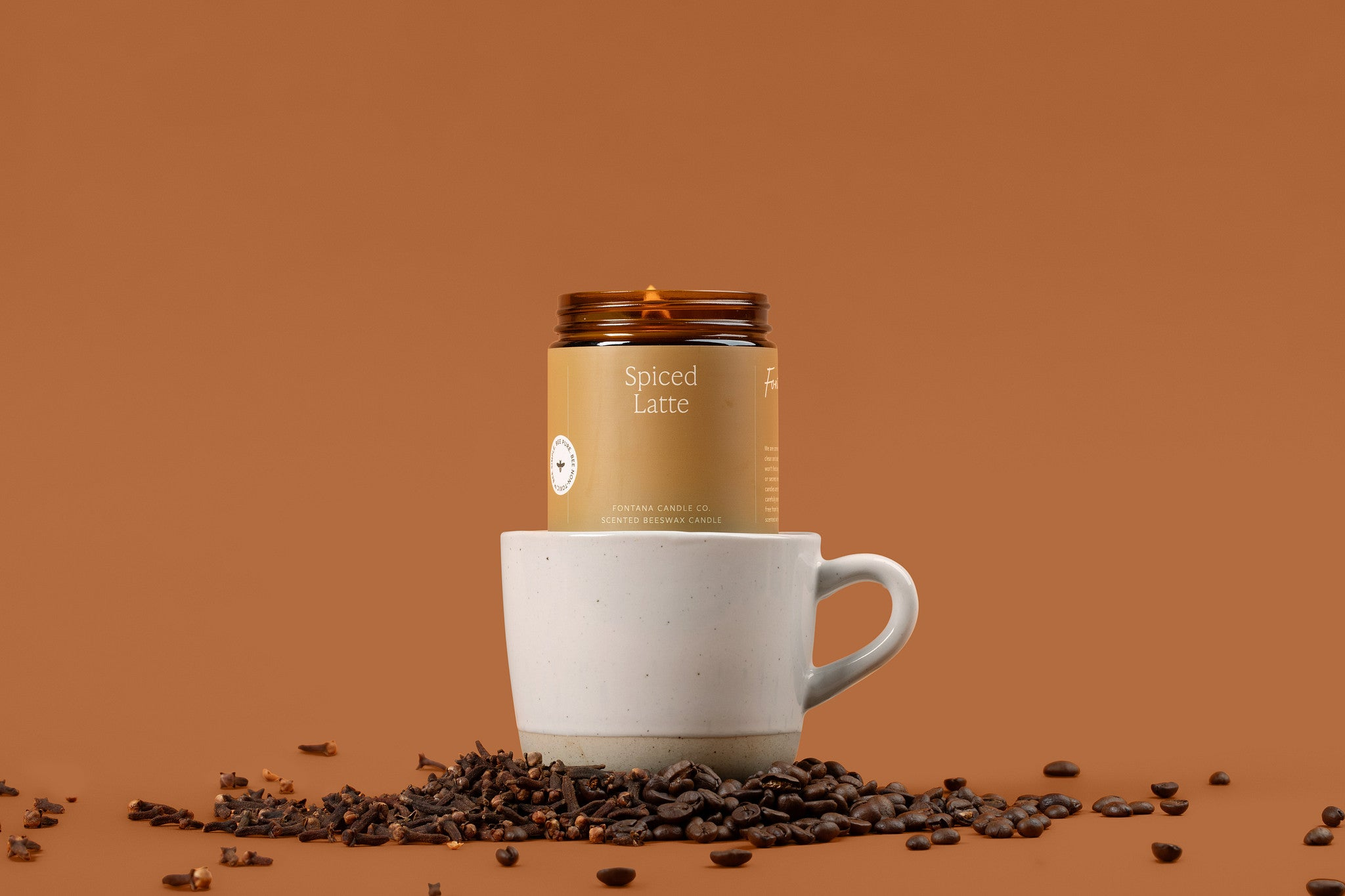What Is Natural Fragrance, and is it Safe?

Unfortunately, because components that go into giving a candle or any scented product its unique smell are considered a trade secret under the Fair Packaging and Labeling Act of 1966, manufacturers do not have to disclose the fragrance ingredients.
The International Fragrance Association, the global representative body for the fragrance industry, has published a list of over 3000+ ingredients that could be used to make up “fragrance”.
Certain fragrance chemicals are known endocrine disruptors, allergens, respiratory irritants, and some are even known carcinogens. The problem is that without ingredient transparency, consumers are not able to discern which fragrance ingredients are in the products they are using.
“Natural fragrance” can be another catch-all term.
If a fragrance is natural, does that mean it is safer?
The word natural has become a popular buzzword in the last few years, as health and wellness has become more mainstream in the consumer products industry. With this rise in popularity, the term “natural” has been misused, because there is no standard definition for the term.
More and more scented products made with natural fragrance are being touted as being safe and healthy alternatives to traditional fragrance. We discuss this in depth in our previous article, Greenwashing in The Candle Industry.
However, because there is no standard definition to the word natural, some manufacturers will use trace amounts of essential oils to allow them to say that the candle is “made with essential oils” – even if the fragrance is really 99% synthetic. Natural could also mean ingredients that retained more than 50% of their molecular structure after being processed from a natural source.
How are Natural Fragrance Oils different from essential oils?
The difference between the two can be seen in the manufacturing process. During the production of essential oils, the entire scent compound is extracted through processes like cold pressing and steam distillation. Because the entire compound is extracted, the therapeutic properties of the original plant can be maintained. Many manufacturers of essential oils are transparent about their extraction process and offer flow charts certifying that there are no additional components added during the production process. Additional GCMS testing can verify that the oil sample is consistent with the structure of the natural molecules. This testing is used to determine if the oil has been contaminated or altered.
The process of manufacturing natural fragrance oils is often done in a chemistry lab, with very little transparency around the process and materials used. The therapeutic properties of the plant can be lost because they are only extracting a single scent isolate of the plant, and not the entire plant compound. Because we do not know much about the extraction process, it is difficult to verify if the extraction process is toxic or harmful.
Fill your home with the scents you trust.
Fontana was founded with the mission of creating the cleanest candles (and now other products!) possible – candles marketed with no way of greenwashing because they are truly all-natural and non-toxic.
That commitment is what led us to choose to create 100% beeswax and coconut oil candles, rather than soy. That same commitment that led us to decide to use pure essential oils, rather than natural fragrance. Due to the lack of ingredient disclosure, and transparency around the actual manufacturing processes, the natural fragrance oils would not have passed the stringent MADE SAFE Certification. We are still the first and only candle and home spray to have passed the MADE SAFE Certification. This is the best way to convey to customers that our products are created with the safest ingredients and highest standards.

Want to learn more?

